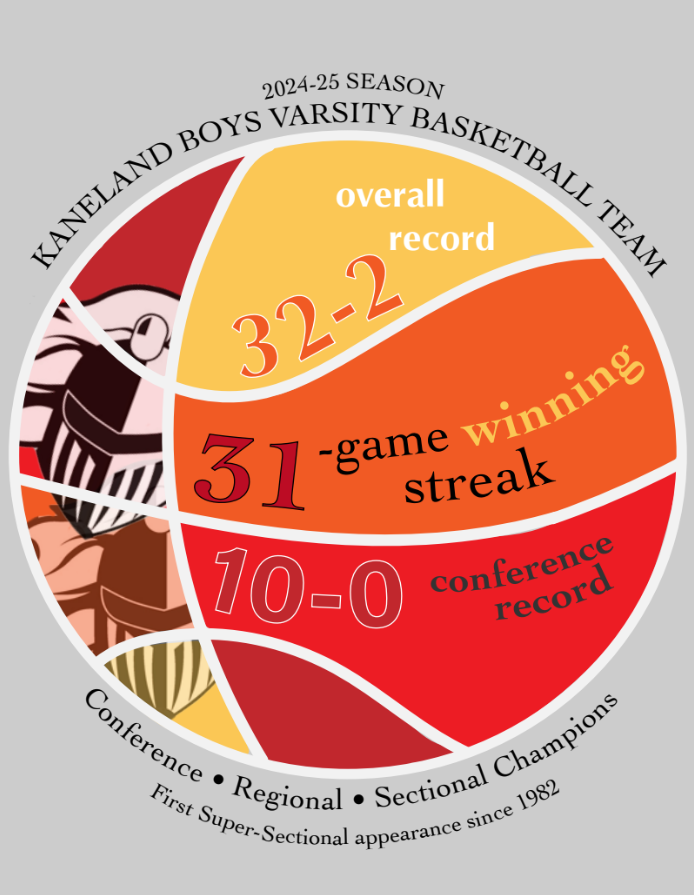Kaneland High School’s grading conversion system has changed to a mean-average chart for the 2023-24 school year due to common frustrations throughout the school.
Administrators found the previous scale to lack clarity, consistency and accuracy, leading them to rethink the system. Teachers and students alike reported these frustrations with the prior distribution scale. This led to creating a mean-average chart that allows for more leeway with student grades.
“It didn’t really show what students are capable of, considering you get one 3 when the rest are 4s and you’re down to an A-minus, which doesn’t show what you know,” sophomore Kailey Kunstman said about her grievances about last year’s grading chart.
This was a common feeling among students. They found the past grading scale left little room for error, as one mistake would take a large toll on their grade. Because of this, students didn’t feel the chart was accurate.
Similarly, English teacher Christina Staker said past scales “didn’t accurately reflect a student’s grade – or convert correctly.”
Not only that, but students and teachers alike found it difficult to understand their grade. “The actual grading policy was different from department to department,” Staker said. “We were left to make our own decision and adapt it as needed. I’ve always felt like we needed consistency across the board.”
This concept was also described by Kunstman, who found that all her teachers used the chart differently. These slight variations made it difficult to follow and understand.
Administrators heard these frustrations, creating the new mean conversion chart as a result. This chart averages your grade and, depending on where that number falls, converts to a letter grade.
“We hope that this mean chart will provide more clarity,” Assistant Principal for Curriculum and Instruction Nathan Schroll said.
He and other administrators observed a common pattern with past systems. Students had trouble understanding what grade they had. It’s one of the many benefits of the new chart, as a student can calculate their grade at any point of the school year. This can also play into goal setting. Schroll is hopeful that, because the chart is easier to understand, it will be easier for students to set goals for themselves to improve their grade.
Many things went into creating this conversion scale. Administrators listened to feedback from students, teachers and the community to understand what they wanted from the scale. They looked at what professionals and key leaders in the field suggested, taking that into consideration. Then, they contacted other schools whose grading system is similar to Kaneland’s.
Maine Township schools were a partner and an asset in creating the system. Schroll described calling them many times to understand the challenges they faced and how they set up their grading scale. This helped ensure that Kaneland created a scale that worked.
While the mean scale is new, reactions to it have, overall, been positive. When Kunstman was asked about the new scale, she said, “It’s improving and I like that… I think it’s a positive.”
Likewise, responses from teachers have been optimistic. “I’m overall happy with it,” said Staker. “It provides us the consistency that a lot of us were wanting… the consistency is going to be a good thing for us.”











